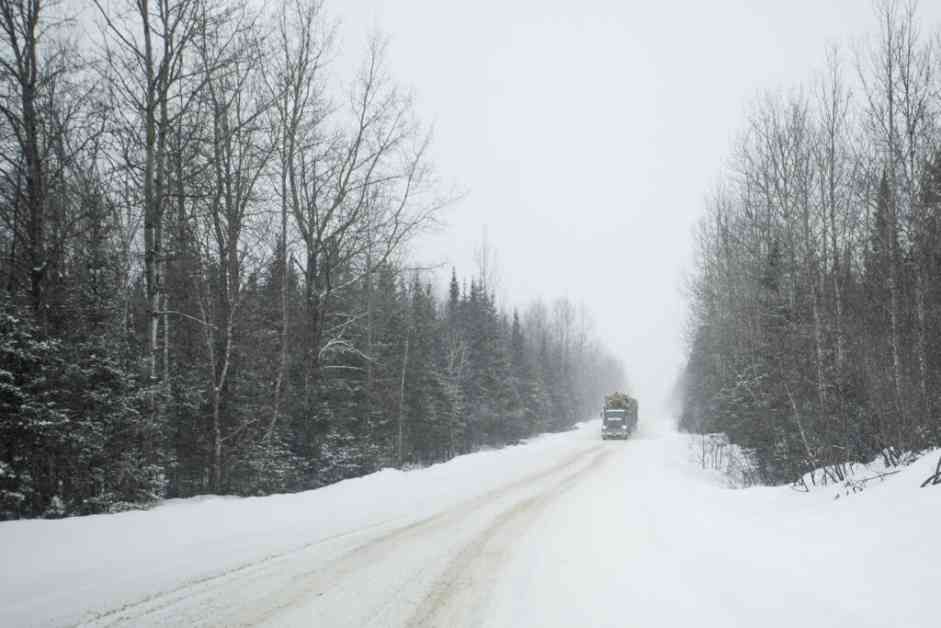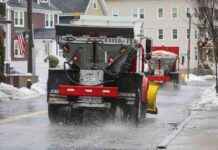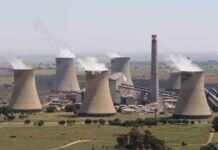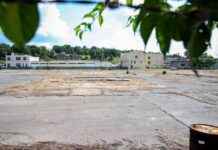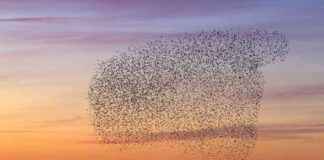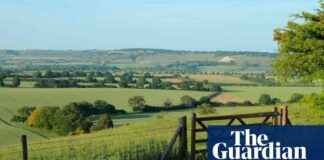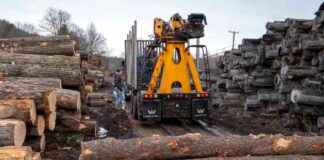In the vast, remote northern half of Maine, where forests dominate the landscape, lies a hidden treasure waiting to be discovered. While few people inhabit this wilderness known as “unorganized territory,” timber companies hold sway over vast expanses of land, using it to harvest trees for various purposes like housing, furniture, and paper production. However, recent technological advancements are shedding light on a remarkable aspect of this region.
Our Climate Common, a nonprofit organization, has embarked on a pioneering journey to uncover patches of biodiverse old-growth forests using an innovative technology known as Light Detection and Ranging (LiDAR). Dr. John Hagan, president of Our Climate Common and an expert in ecology, leads this groundbreaking effort. In a recent interview with Jenni Doering from Living on Earth, a public radio environmental news magazine, Dr. Hagan shared insights into this transformative project.
### The Magic of LiDAR Technology
Imagine a sprawling expanse of 10 million acres, where Northern hardwoods and boreal spruce fir forests reign supreme – a breathtaking sight that most New Englanders fail to appreciate fully. This vast wilderness, largely devoid of human presence, holds a treasure trove of old-growth forests waiting to be found. Utilizing LiDAR technology, Our Climate Common embarks on a quest akin to searching for a needle in a haystack.
LiDAR, likened to a forest CAT scan, captures a three-dimensional signature of the forest by beaming laser light from an aircraft. This intricate process results in a detailed point cloud representation of the forest, akin to the technique of pointillism in art. By analyzing these LiDAR-generated maps, the team can pinpoint elusive old-growth forests that constitute a mere 4% of the expansive 10 million acres. These ancient stands, characterized by blue magenta hues, harbor invaluable biodiversity and carbon stocks crucial for our ecosystem’s health.
### Preserving Nature’s Time Capsules
Venturing into the heart of this wilderness, the team at Our Climate Common meticulously scores forest stands based on ecological criteria, discerning old-growth from younger growth areas. This on-ground assessment, coupled with LiDAR data analysis, enables precise identification of these ecological time capsules. The significance of preserving these old-growth forests extends beyond mere conservation; it is a testament to our commitment to safeguarding biodiversity and mitigating climate change.
Old-growth forests, such as the late-stage old-growth (LSOG) stands, serve as sanctuaries for diverse plant and animal species that rely on the presence of ancient trees and decaying wood. Moreover, these forests store copious amounts of carbon, offering a vital solution in our battle against rising greenhouse gas emissions. Dr. Hagan emphasizes the urgent need to protect these invaluable natural resources, as their loss could have far-reaching ecological consequences.
### Collaborative Conservation Efforts
In a notable development, the New England Forestry Foundation secured a substantial grant from the U.S. Forest Service, leveraging the data provided by Our Climate Common’s mapping initiative. By prioritizing the preservation of high-value old-growth stands on commercial timberlands, a unique opportunity arises to reconcile economic interests with environmental conservation goals. Through innovative approaches like carbon offset projects and sustainable forestry practices, stakeholders can navigate the complex nexus of timber harvesting and biodiversity preservation.
The collaborative ethos underpinning this conservation endeavor underscores the importance of bridging diverse perspectives and expertise. Dr. Hagan emphasizes the transformative power of collaboration, citing his experience in working with stakeholders ranging from foresters to conservationists. By fostering mutual respect and understanding, these partnerships pave the way for holistic solutions that balance economic imperatives with ecological stewardship.
As we envision the future of Maine’s forests in the year 2100, the landscape holds promise for a harmonious coexistence between human activities and natural ecosystems. Through concerted efforts and strategic investments, we can ensure the preservation of these ancient forests for generations to come. The magic of LiDAR technology, coupled with human ingenuity and collaboration, illuminates a path towards a sustainable future where nature’s timeless wonders thrive.

